Vauxhall Grandland vs VW ID.3 - Differences and prices compared
Costs and Efficiency:
Price and efficiency are key factors when choosing a car – and this is often where the real differences emerge.
VW ID.3 has a to a small extent advantage in terms of price – it starts at 28600 £, while the Vauxhall Grandland costs 32600 £. That’s a price difference of around 3994 £.
In terms of energy consumption, the advantage goes to the VW ID.3: with 14.50 kWh per 100 km, it’s clearly perceptible more efficient than the Vauxhall Grandland with 17.80 kWh. That’s a difference of about 3.30 kWh.
As for range, the Vauxhall Grandland performs a bit better – achieving up to 694 km, about 89 km more than the VW ID.3.
Engine and Performance:
Power, torque and acceleration are the classic benchmarks for car enthusiasts – and here, some clear differences start to show.
When it comes to engine power, the VW ID.3 has a minimal edge – offering 326 HP compared to 325 HP. That’s roughly 1 HP more horsepower.
In acceleration from 0 to 100 km/h, the VW ID.3 is hardly perceptible quicker – completing the sprint in 5.70 s, while the Vauxhall Grandland takes 6.10 s. That’s about 0.40 s faster.
In terms of top speed, the Vauxhall Grandland performs slight better – reaching 220 km/h, while the VW ID.3 tops out at 200 km/h. The difference is around 20 km/h.
There’s also a difference in torque: VW ID.3 pulls barely noticeable stronger with 545 Nm compared to 509 Nm. That’s about 36 Nm difference.
Space and Everyday Use:
Cabin size, boot volume and payload all play a role in everyday practicality. Here, comfort and flexibility make the difference.
Seats: offers more seating capacity – vs .
In curb weight, Vauxhall Grandland is hardly perceptible lighter – 1675 kg compared to 1787 kg. The difference is around 112 kg.
In terms of boot space, the Vauxhall Grandland offers evident more room – 550 L compared to 385 L. That’s a difference of about 165 L.
In maximum load capacity, the Vauxhall Grandland performs distinct better – up to 1645 L, which is about 378 L more than the VW ID.3.
When it comes to payload, Vauxhall Grandland slight takes the win – 495 kg compared to 473 kg. That’s a difference of about 22 kg.
Who comes out on top?
Overall, the Vauxhall Grandland shows itself to be slightly ahead and secures the title of DriveDuel Champion.
It convinces with the more balanced overall package and proves to be the more versatile choice for everyday use.
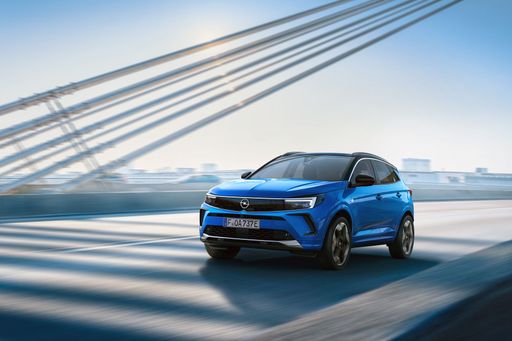 @ Opel / Stellantis Media
@ Opel / Stellantis Media
Vauxhall Grandland
Costs and Consumption
View detailed analysis
Engine and Performance
View detailed analysis
Dimensions and Body
View detailed analysis
Vauxhall Grandland
The Opel Grandland feels like a sensible, well-rounded SUV — neat styling, a spacious cabin and a composed ride that turns daily driving into a quietly pleasant experience. It’s a smart choice for buyers who want modern tech, good economy and a dash of German practicality without shouting for attention.
details @ Opel / Stellantis Media
@ Opel / Stellantis Media
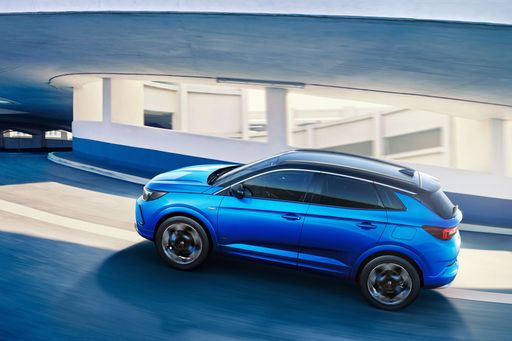 @ Opel / Stellantis Media
@ Opel / Stellantis Media
 @ Opel / Stellantis Media
@ Opel / Stellantis Media
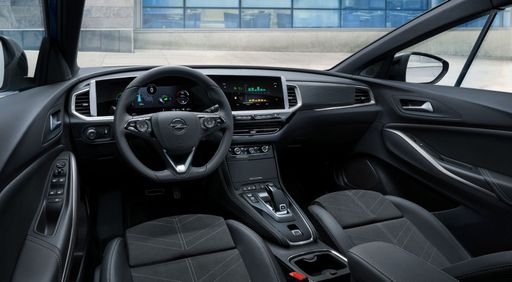 @ Opel / Stellantis Media
@ Opel / Stellantis Media
VW ID.3
The VW ID.3 is a crisply styled electric hatch that masks serious practicality behind a friendly, modern face, making city runs and longer trips pleasantly fuss free. For buyers seeking a sensible, well-equipped EV that doesn't take itself too seriously, the ID.3 strikes a neat balance of comfort, tech and everyday usability with a cheeky smile.
details @ Volkswagen AG / VW Media
@ Volkswagen AG / VW Media
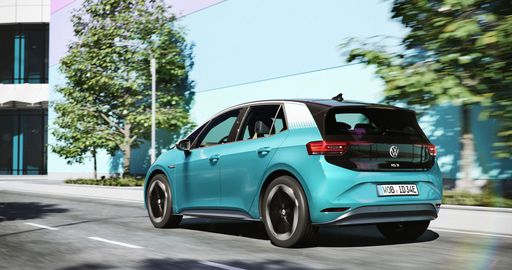 @ Volkswagen AG / VW Media
@ Volkswagen AG / VW Media
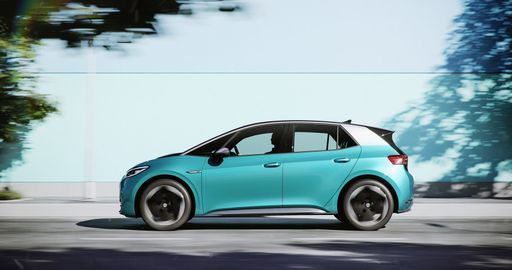 @ Volkswagen AG / VW Media
@ Volkswagen AG / VW Media
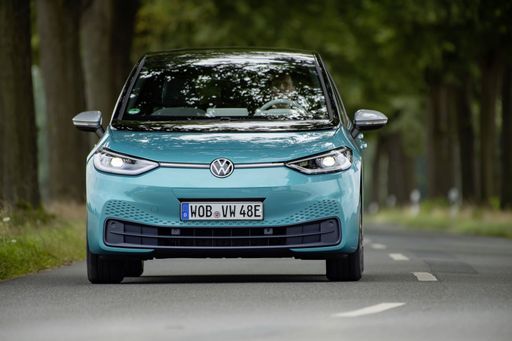 @ Volkswagen AG / VW Media
@ Volkswagen AG / VW Media
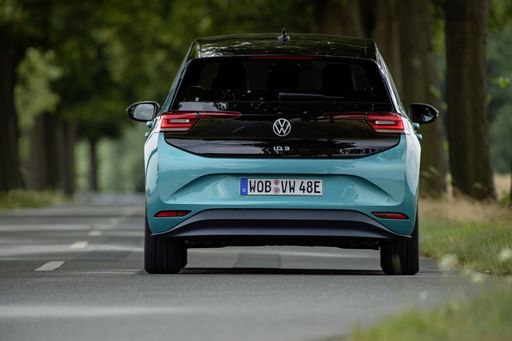 @ Volkswagen AG / VW Media
@ Volkswagen AG / VW Media
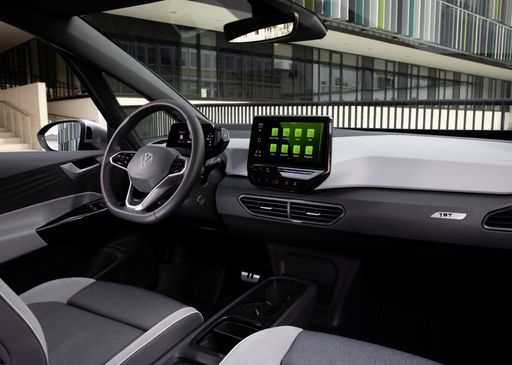 @ Volkswagen AG / VW Media
@ Volkswagen AG / VW Media
 @ Volkswagen AG / VW Media
@ Volkswagen AG / VW Media
 @ Opel / Stellantis Media
@ Opel / Stellantis Media
|
 @ Volkswagen AG / VW Media
@ Volkswagen AG / VW Media
|
|
|
|
Costs and Consumption |
|
|---|---|
|
Price
32600 - 51400 £
|
Price
28600 - 49300 £
|
|
Consumption L/100km
2.6 - 5.6 L
|
Consumption L/100km
-
|
|
Consumption kWh/100km
17.8 - 18.6 kWh
|
Consumption kWh/100km
14.5 - 15.8 kWh
|
|
Electric Range
82 - 694 km
|
Electric Range
383 - 605 km
|
|
Battery Capacity
-
|
Battery Capacity
52 - 79 kWh
|
|
co2
0 - 126 g/km
|
co2
0 g/km
|
|
Fuel tank capacity
55 L
|
Fuel tank capacity
-
|
Dimensions and Body |
|
|---|---|
|
Body Type
SUV
|
Body Type
Hatchback
|
|
Seats
5
|
Seats
5
|
|
Doors
5
|
Doors
5
|
|
Curb weight
1675 - 2325 kg
|
Curb weight
1787 - 1993 kg
|
|
Trunk capacity
485 - 550 L
|
Trunk capacity
385 L
|
|
Length
4650 mm
|
Length
4264 mm
|
|
Width
1905 - 1934 mm
|
Width
1809 mm
|
|
Height
1665 mm
|
Height
1564 mm
|
|
Max trunk capacity
1580 - 1645 L
|
Max trunk capacity
1267 L
|
|
Payload
425 - 495 kg
|
Payload
437 - 473 kg
|
Engine and Performance |
|
|---|---|
|
Engine Type
Electric, Petrol MHEV, Plugin Hybrid
|
Engine Type
Electric
|
|
Transmission
Automatic
|
Transmission
Automatic
|
|
Transmission Detail
Reduction Gearbox, Dual-Clutch Automatic
|
Transmission Detail
Reduction Gearbox
|
|
Drive Type
Front-Wheel Drive, All-Wheel Drive
|
Drive Type
Rear-Wheel Drive
|
|
Power HP
145 - 325 HP
|
Power HP
170 - 326 HP
|
|
Acceleration 0-100km/h
6.1 - 10.2 s
|
Acceleration 0-100km/h
5.7 - 8.2 s
|
|
Max Speed
170 - 220 km/h
|
Max Speed
160 - 200 km/h
|
|
Torque
230 - 509 Nm
|
Torque
310 - 545 Nm
|
|
Number of Cylinders
3 - 4
|
Number of Cylinders
-
|
|
Power kW
107 - 239 kW
|
Power kW
125 - 240 kW
|
|
Engine capacity
1199 - 1598 cm3
|
Engine capacity
-
|
General |
|
|---|---|
|
Model Year
2024 - 2025
|
Model Year
2024 - 2025
|
|
CO2 Efficiency Class
A, D, B
|
CO2 Efficiency Class
A
|
|
Brand
Vauxhall
|
Brand
VW
|
Is the Vauxhall Grandland offered with different drivetrains?
Available configurations include Front-Wheel Drive or All-Wheel Drive.
The prices and data displayed are estimates based on German list prices and may vary by country. This information is not legally binding.
